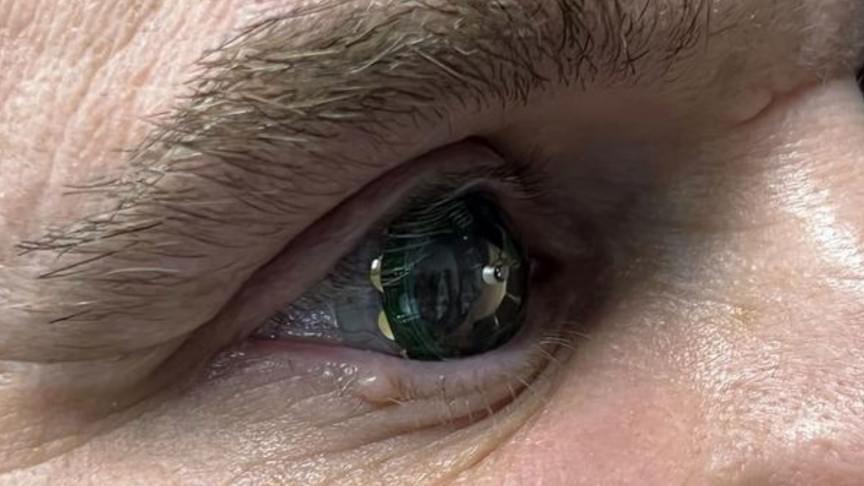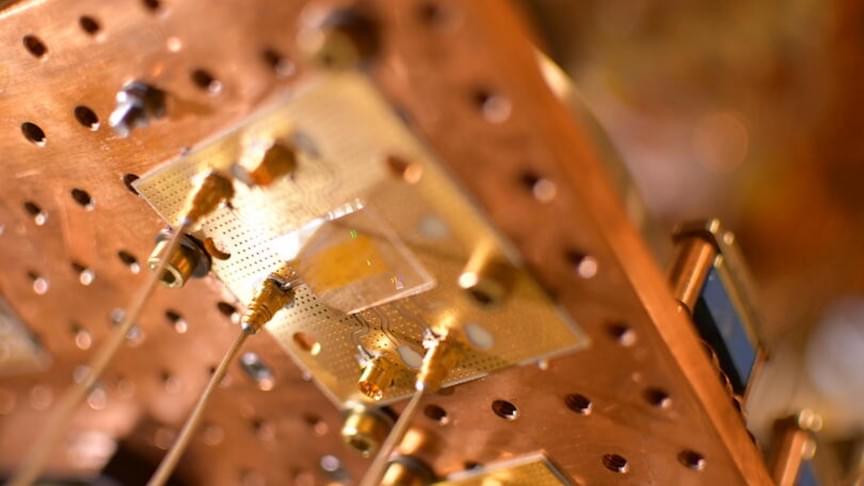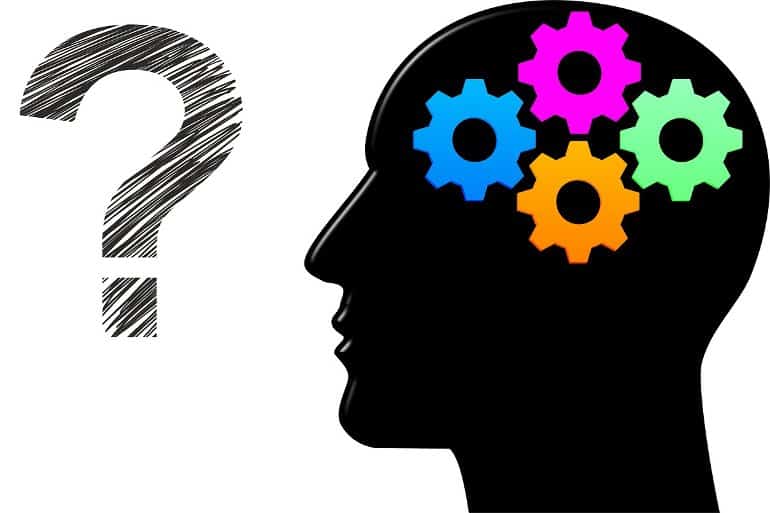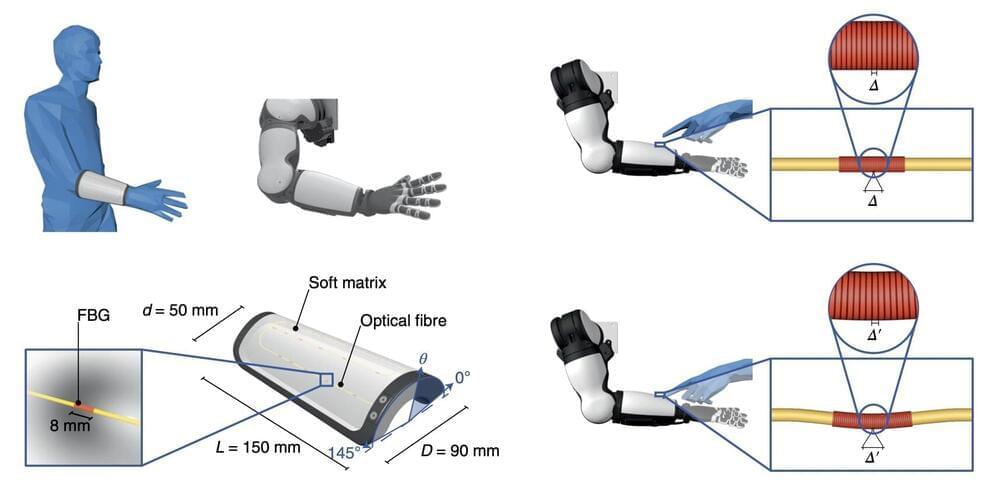Visit our sponsor, Brilliant: https://brilliant.org/IsaacArthur/
In the future we might see the rise of minds entirely on computers, be it uploaded humans, transhumans, or artificial intelligence. But what would such an existence be like? Would they interact with our world or live in entirely virtual realities or simulated universes?
Visit our Website: http://www.isaacarthur.net.
Support us on Patreon: https://www.patreon.com/IsaacArthur.
SFIA Merchandise available: https://www.signil.com/sfia/
Social Media:
Facebook Group: https://www.facebook.com/groups/1583992725237264/
Reddit: https://www.reddit.com/r/IsaacArthur/
Twitter: https://twitter.com/Isaac_A_Arthur on Twitter and RT our future content.
SFIA Discord Server: https://discord.gg/53GAShE
Listen or Download the audio of this episode from Soundcloud: Episode’s Audio-only version: https://soundcloud.com/isaac-arthur-148927746/life-as-a-digital-being.
Episode’s Narration-only version: https://soundcloud.com/isaac-arthur-148927746/life-as-a-digi…ation-only.
Credits:
Life as a Digital Being.
Episode 237; May 7, 2020
Writers:





